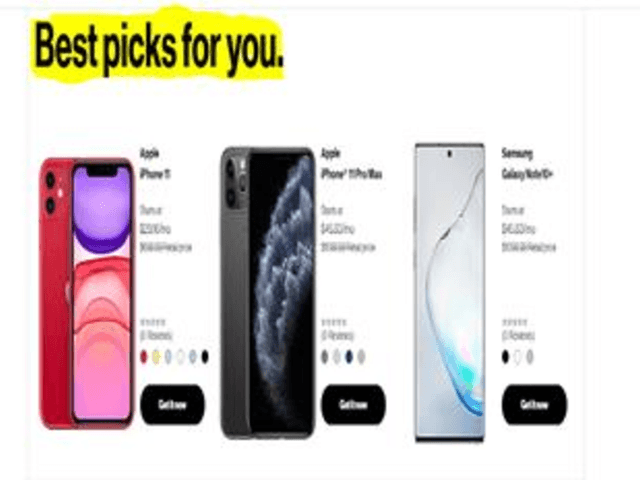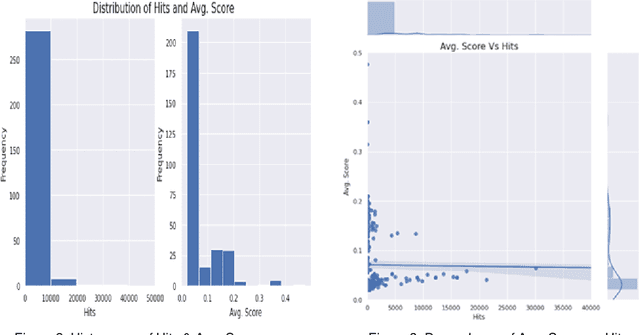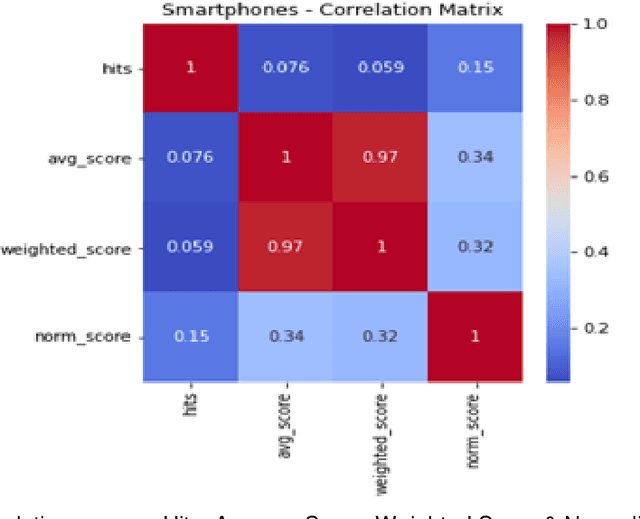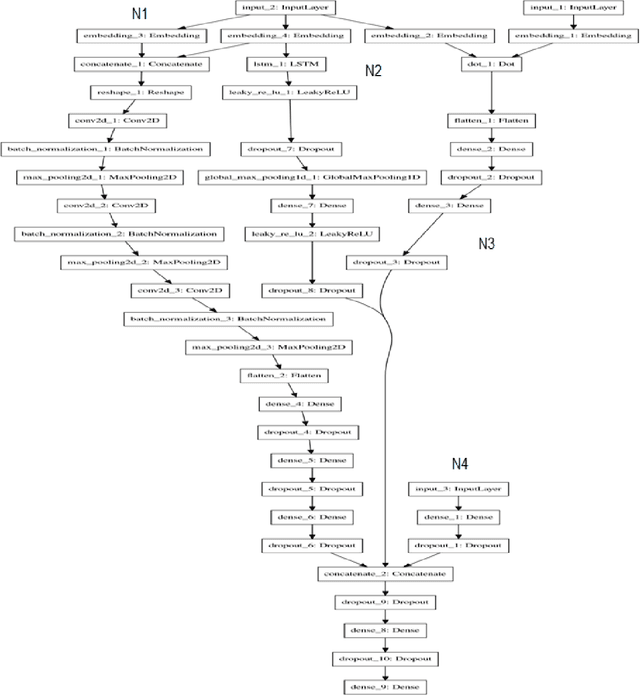Songlin Liu
FCoT-VL:Advancing Text-oriented Large Vision-Language Models with Efficient Visual Token Compression
Feb 22, 2025Abstract:The rapid success of Vision Large Language Models (VLLMs) often depends on the high-resolution images with abundant visual tokens, which hinders training and deployment efficiency. Current training-free visual token compression methods exhibit serious performance degradation in tasks involving high-resolution, text-oriented image understanding and reasoning. In this paper, we propose an efficient visual token compression framework for text-oriented VLLMs in high-resolution scenarios. In particular, we employ a light-weight self-distillation pre-training stage to compress the visual tokens, requiring a limited numbers of image-text pairs and minimal learnable parameters. Afterwards, to mitigate potential performance degradation of token-compressed models, we construct a high-quality post-train stage. To validate the effectiveness of our method, we apply it to an advanced VLLMs, InternVL2. Experimental results show that our approach significantly reduces computational overhead while outperforming the baselines across a range of text-oriented benchmarks. We will release the models and code soon.
From CLIP to DINO: Visual Encoders Shout in Multi-modal Large Language Models
Oct 18, 2023Abstract:Multi-modal Large Language Models (MLLMs) have made significant strides in expanding the capabilities of Large Language Models (LLMs) through the incorporation of visual perception interfaces. Despite the emergence of exciting applications and the availability of diverse instruction tuning data, existing approaches often rely on CLIP or its variants as the visual branch, and merely extract features from the deep layers. However, these methods lack a comprehensive analysis of the visual encoders in MLLMs. In this paper, we conduct an extensive investigation into the effectiveness of different vision encoders within MLLMs. Our findings reveal that the shallow layer features of CLIP offer particular advantages for fine-grained tasks such as grounding and region understanding. Surprisingly, the vision-only model DINO, which is not pretrained with text-image alignment, demonstrates promising performance as a visual branch within MLLMs. By simply equipping it with an MLP layer for alignment, DINO surpasses CLIP in fine-grained related perception tasks. Building upon these observations, we propose a simple yet effective feature merging strategy, named COMM, that integrates CLIP and DINO with Multi-level features Merging, to enhance the visual capabilities of MLLMs. We evaluate COMM through comprehensive experiments on a wide range of benchmarks, including image captioning, visual question answering, visual grounding, and object hallucination. Experimental results demonstrate the superior performance of COMM compared to existing methods, showcasing its enhanced visual capabilities within MLLMs. Code will be made available at https://github.com/YuchenLiu98/COMM.
A Hybrid Recommender System for Recommending Smartphones to Prospective Customers
May 26, 2021



Abstract:Recommender Systems are a subclass of machine learning systems that employ sophisticated information filtering strategies to reduce the search time and suggest the most relevant items to any particular user. Hybrid recommender systems combine multiple recommendation strategies in different ways to benefit from their complementary advantages. Some hybrid recommender systems have combined collaborative filtering and content-based approaches to build systems that are more robust. In this paper, we propose a hybrid recommender system, which combines Alternative Least Squares (ALS) based collaborative filtering with deep learning to enhance recommendation performance as well as overcome the limitations associated with the collaborative filtering approach, especially concerning its cold start problem. In essence, we use the outputs from ALS (collaborative filtering) to influence the recommendations from a Deep Neural Network (DNN), which combines characteristic, contextual, structural and sequential information, in a big data processing framework. We have conducted several experiments in testing the efficacy of the proposed hybrid architecture in recommending smartphones to prospective customers and compared its performance with other open-source recommenders. The results have shown that the proposed system has outperformed several existing hybrid recommender systems.
 Add to Chrome
Add to Chrome Add to Firefox
Add to Firefox Add to Edge
Add to Edge